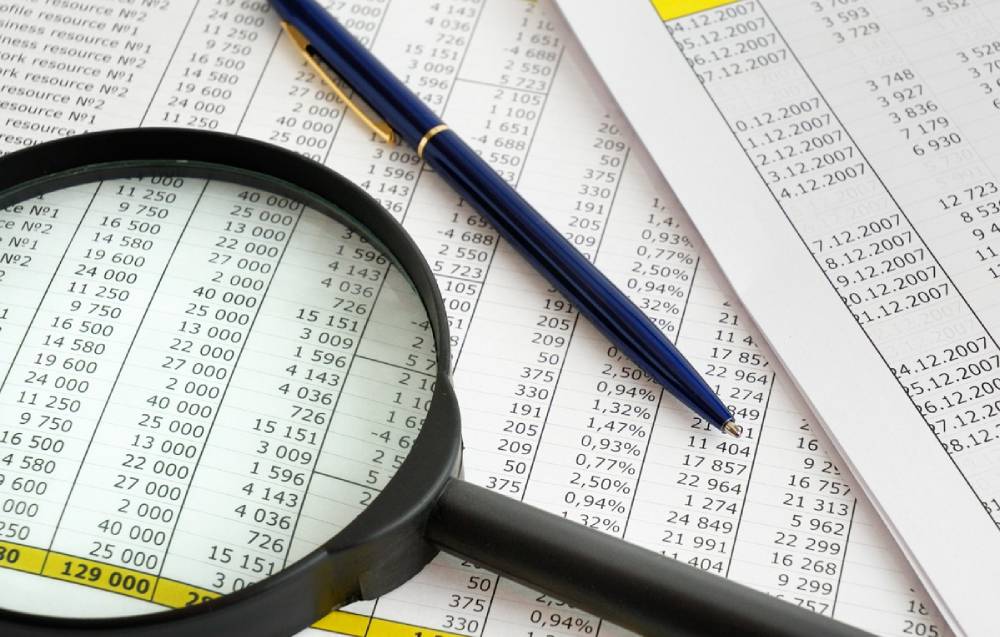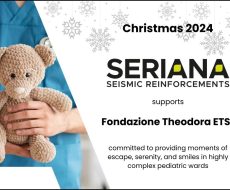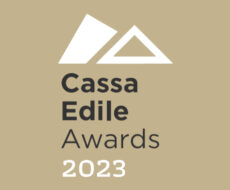
February 10, 2022
Sisma Bonus 2022 seismic work tax break scheme: here’s how it works
With the budget bill for 2022, the Sisma Bonus scheme has been extended until 2024. The incentive allows for a credit ranging from 50 to 85%. Let’s take a look together at what it involves, who can apply and when.
“The Italian budget bill for 2022, approved in late 2021, has extended the sisma bonus scheme until 31 December 2024: a tax break scheme, it was launched in the past with the aim of encouraging work to be done on buildings to reduce their seismic risk.
Seismic risk in Italy is classified based on intensity zones: every building has different levels of safety that vary based on their response to a possible seismic event.

What does the 2022 sisma bonus scheme entail?
The tax break in question, which can be used up to 31 December 2024, offers people the opportunity to claim a tax credit on the costs involved in the work in question, determined by a percentage ranging from 50% to 85%.
You can claim a tax credit on costs incurred to have work done to reduce seismic risk and improve the building’s seismic rating.
The taxpayer, whether an individual person or a legal entity, can take advantage of a tax credit, determined based on a maximum cost of 96,000 euros for each unit identified on the land register as a separate property.
The value of the tax credit under the new sisma bonus scheme
The credit percentages, to be applied to the cost of work up to the maximum value of 96,000 euros, vary depending on the effectiveness of the work carried out:
- 50% for work that does not result in improvements in the seismic rating;
- 70% for work that results in an improvement of one seismic rating;
- 80% for work that results in an improvement of two seismic ratings;
- 85% for apartment blocks where there is an improvement of two seismic ratings.
Invoice discount
Anyone having work done on their property with the aim of reducing seismic risk can choose to take advantage of the tax credit owing to them across 5 years through their tax return, or can exercise their right to transfer their right to the tax credit owing to them to the contractor carrying out the work in the form of a discount on the invoice. Alternatively, it can also directly transfer the deduction due to a credit institution.
Furthermore, the possibility of assigning the tax deduction, based on Article 121 of Law Decree 34/2020, is also extended to other types of interventions (for example energy efficiency, architectural barriers, etc.), making the interventions, both in the condominium area and on individual real estate units.
What work qualifies?
Work that qualifies for the scheme is any work done on existing structures, as described in the Italian building code (NTC 2018), and is classified as follows:
a) Retrofit work (aimed at bringing structures up to current code)
b) Improvement work (aimed at increasing the structure’s overall earthquake resilience)
c) Local strengthening work (aimed at remediating structural shortfalls in the existing structure).
Demolition and rebuilding work is contemplated, and may include increasing the volume of the building, providing it complies with town-planning regulations.
Compliance certificate
Il Decreto A
Italy’s anti-fraud decree has extended the requirement to have a compliance certificate in general so that it now applies to all work on buildings taking advantage of tax breaks.
As of 2022, this compliance certificate is compulsory for all tax break schemes on construction, hence also including the Sisma Bonus scheme.
What it is exactly? Essentially, it is a check carried out by, for example, an accountant and/or tax assistance centre, who attest that all requirements to be eligible for the tax break have been met.
However, Italy’s budget bill for 2022 has determined that this compliance certificate is not compulsory for any work that does not require a permit and does not exceed 10,000 euros. When it comes to the Sisma Bonus scheme, therefore, the relevant compliance certificate is required in order to claim the tax credit.”
Learn more about the compliance certificate and tax break schemes on construction.






